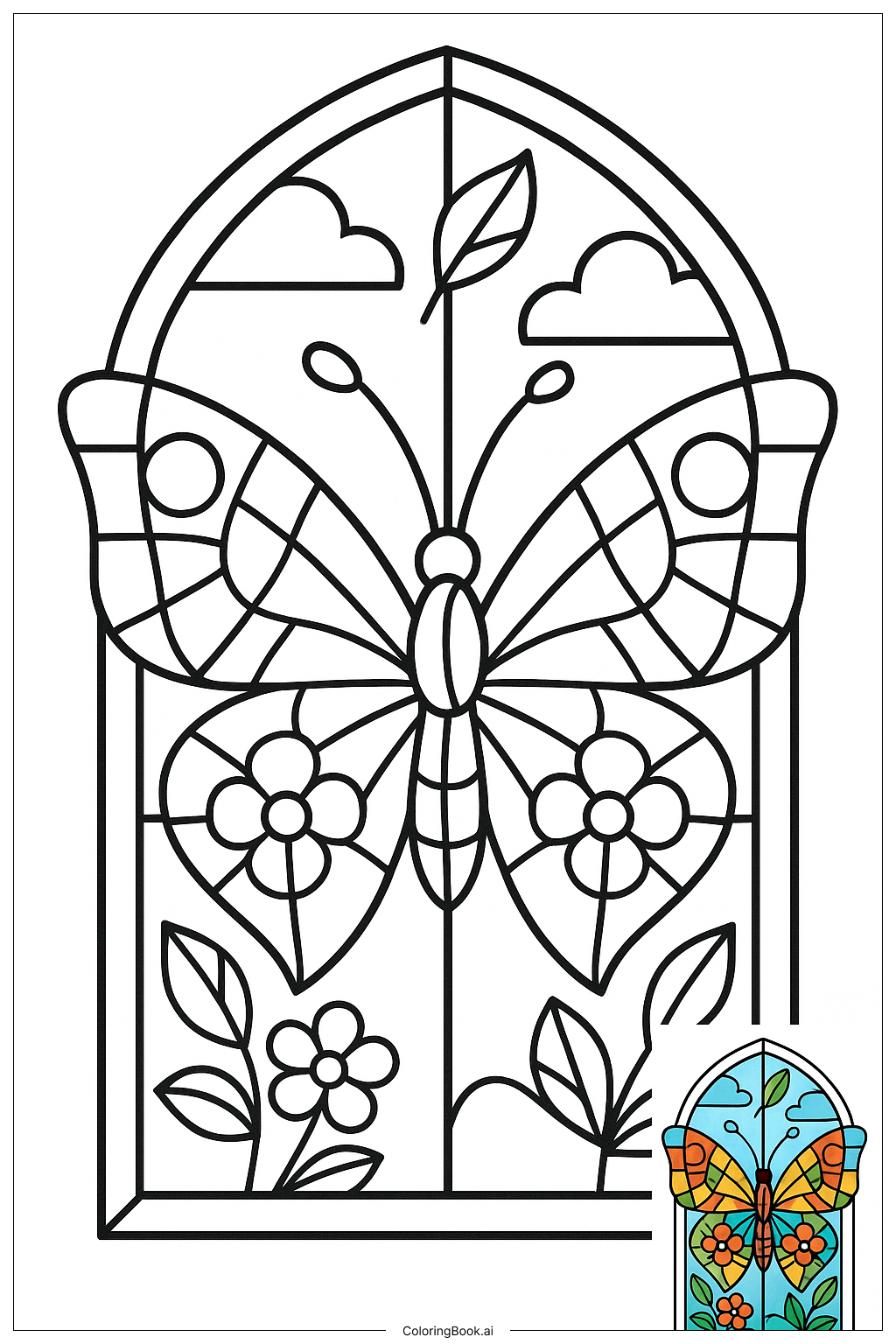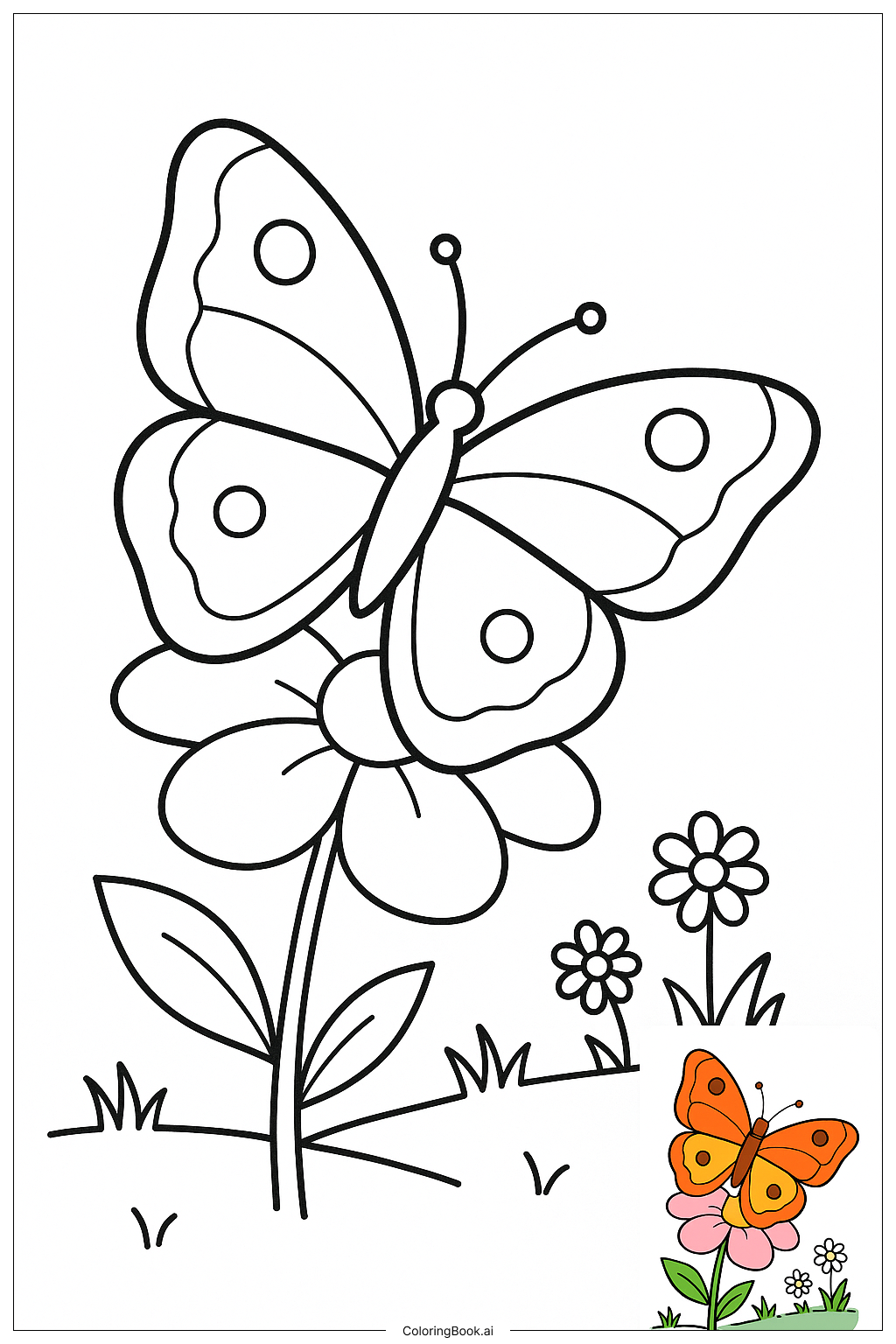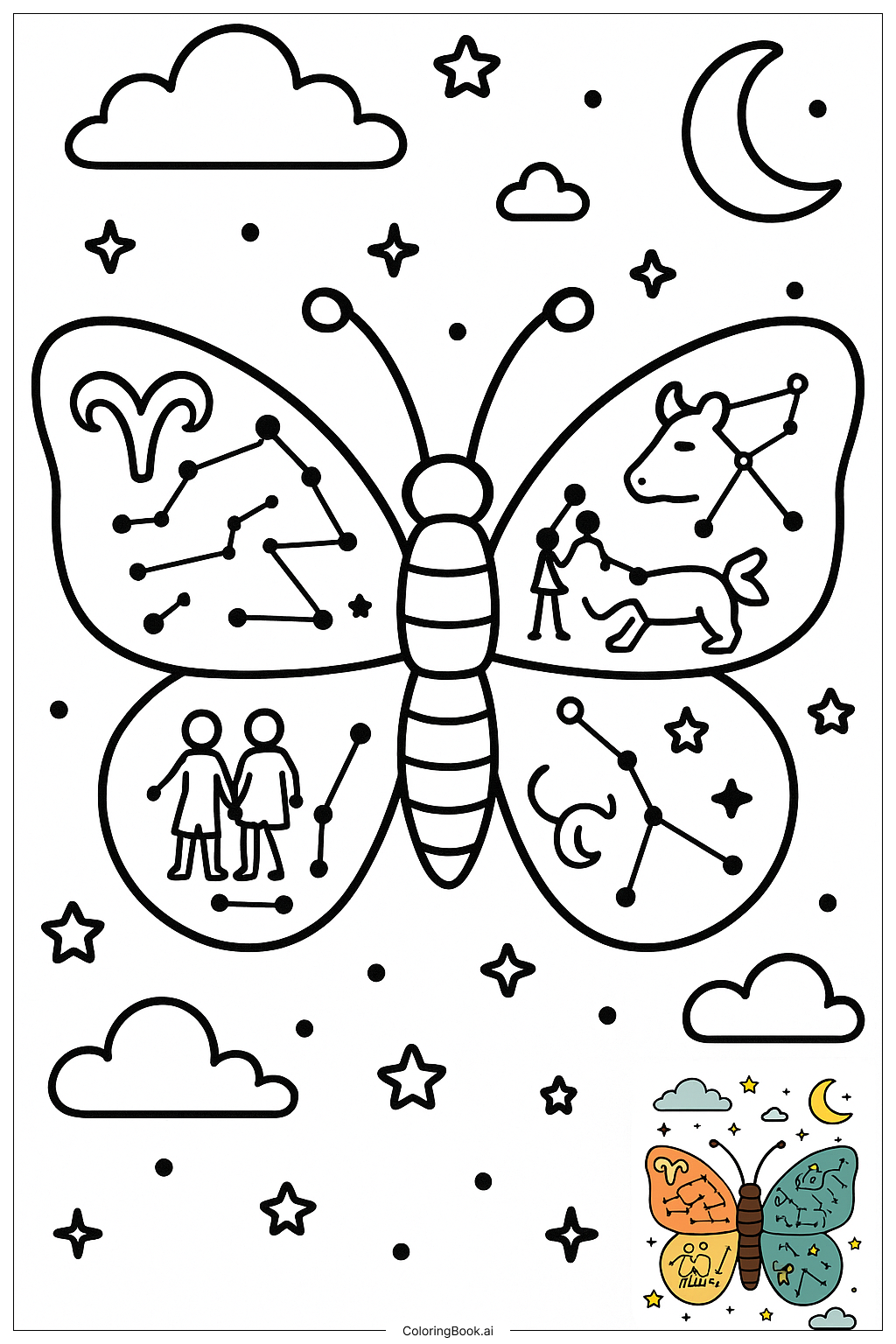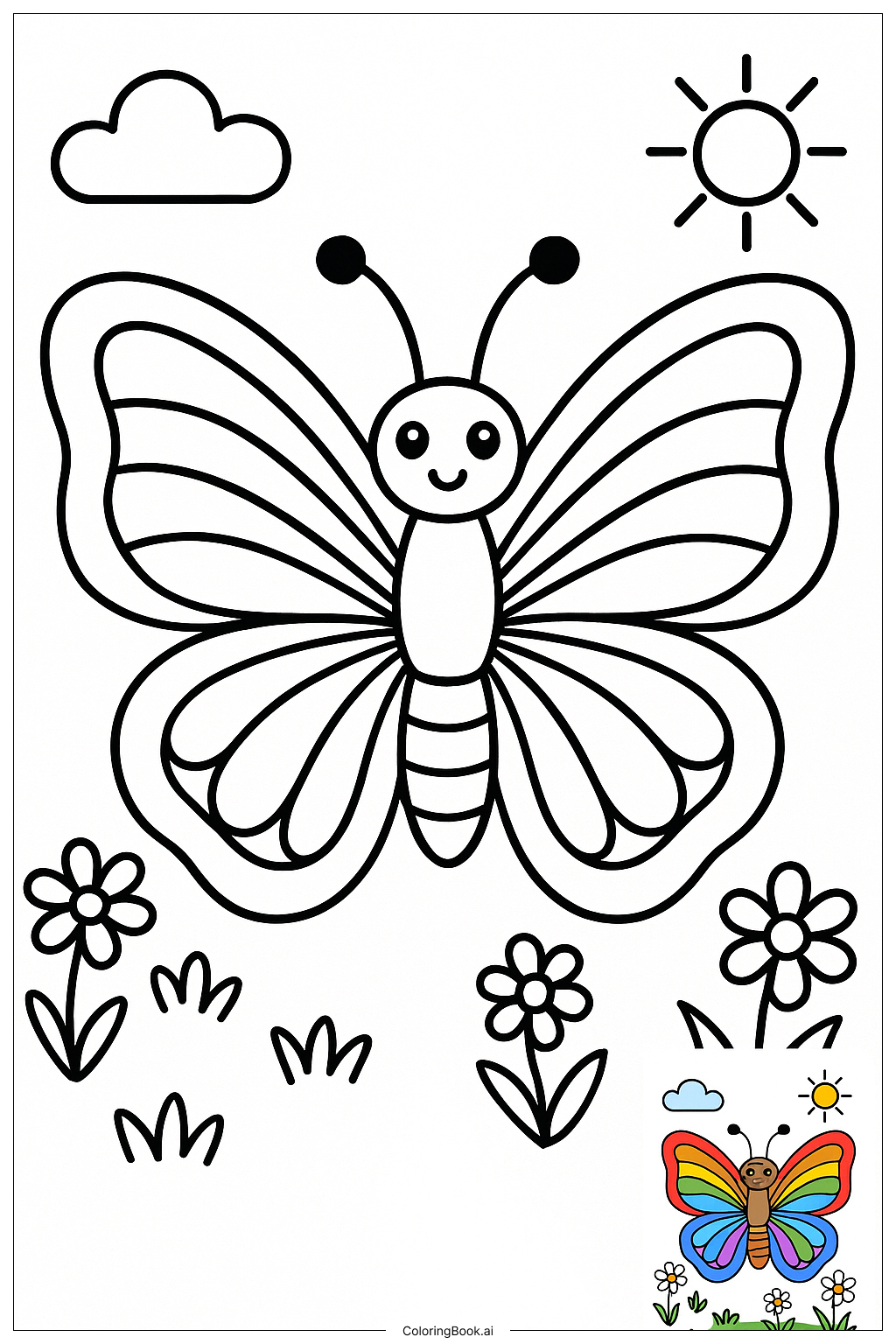Coloring tips: How to color Butterfly Resting On Tree Bark coloring page well?
To color the butterfly, use bright and vivid colors like red, orange, yellow, and blue. Make the wings colorful to showcase their beauty. You can use darker shades for the edges and lighter ones for the center of the wings, creating depth. For the tree bark, consider browns and greens. Mixing different shades of brown will give it a natural look. Use green for the leaves if you choose to add them. Encourage the kids to experiment with colors and make the butterfly unique!
Coloring challenges: Which parts are difficult to color and need attention for Butterfly Resting On Tree Bark coloring page?
1. Color Blending: The butterfly's wings have multiple sections. Blending colors can be tricky for kids. They may need to practice to get smooth transitions. 2. Small Areas: Some parts of the butterfly have small, intricate designs. It can be difficult to color these areas without going outside the lines. Kids should take their time and be careful. 3. Color Choices: Choosing the right colors can be overwhelming. With so many options, kids might struggle to pick a color palette that looks good together. 4. Detailing: Adding details like patterns or dots requires precision. Some children may find it challenging to replicate these small designs.
Benefits of coloring books: Advantages of drawing Butterfly Resting On Tree Bark coloring page
Coloring this butterfly page provides great benefits for children. It helps improve their fine motor skills as they practice holding crayons or colored pencils. The task encourages creativity and self-expression; kids can choose any colors they like. Coloring also has a calming effect, helping children to relax and focus. Additionally, it can enhance their understanding of colors and patterns. Overall, it's a fun activity that promotes learning while being enjoyable.




